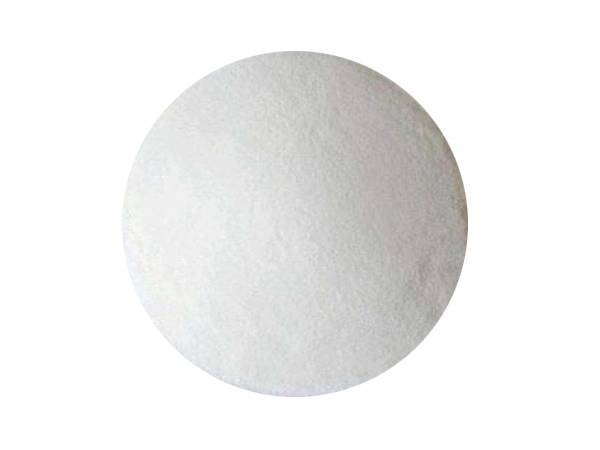



caustic soda making
The Process of Making Caustic Soda An Essential Chemical in Modern Industry
Caustic soda, also known as sodium hydroxide (NaOH), is a highly versatile and essential chemical used in various industrial applications. From soap manufacturing to the production of biodiesel, its significance cannot be overstated. Understanding how caustic soda is made is crucial for industries reliant on this compound, as it sheds light on both its practical applications and the associated environmental impacts.
The production of caustic soda primarily occurs through the electrolysis of sodium chloride (NaCl), a process that separates sodium and chloride ions. This method is commonly referred to as the chlor-alkali process. The first step involves the creation of a brine solution, which is a highly concentrated solution of salt in water. The salt is dissolved in water, and impurities are removed, producing a clean brine solution.
Once the brine solution is ready, it undergoes electrolysis in a specialized cell known as the chlor-alkali cell. There are several designs of these cells, including diaphragm cells, mercury cells, and membrane cells, each with its own advantages and disadvantages. Among these, membrane cells are currently favored due to their lower environmental impact and higher efficiency.
The Process of Making Caustic Soda An Essential Chemical in Modern Industry
2 NaCl + 2 H2O → Cl2 + H2 + 2 NaOH.
caustic soda making

The chlorine gas produced in this process is another valuable product utilized in the production of disinfectants, bleach, and various chemicals. Meanwhile, the generated sodium hydroxide reacts with the hydroxide ions to form caustic soda, which is then separated from the remaining brine solution.
After the electrolysis, the caustic soda solution typically undergoes further purification processes. The concentrated sodium hydroxide solution may be evaporated to remove excess water, resulting in solid caustic soda flakes or pellets. This solid form is stable, easy to transport, and widely used in various applications.
Caustic soda has a myriad of applications across different industries. In the pulp and paper industry, it is used for wood pulping and bleaching processes. Its strong alkali properties make it an essential component in the soap and detergent manufacturing industry, where it acts as a key ingredient for saponification, the reaction that produces soap. In the textile industry, caustic soda is used to process cotton and wool, enhancing the quality of fibers. Additionally, it plays a crucial role in the production of various chemicals, such as sodium carbonate, sodium phosphate, and biodiesel.
While caustic soda is an indispensable industrial chemical, its production and use come with environmental concerns. The chlor-alkali process generates chlorine gas, which, if not managed correctly, can lead to serious environmental pollution. Furthermore, the handling of caustic soda must be done with caution due to its highly corrosive nature, which can pose risks to human health and the environment.
In conclusion, caustic soda is a critical chemical produced through the chlor-alkali process, which involves the electrolysis of sodium chloride. Its production plays a vital role in various industries, making it a compound of great importance. However, the environmental implications associated with its production and handling cannot be overlooked. As industries continue to rely on caustic soda, it is crucial to adopt practices that minimize environmental impact and ensure safe usage. Ultimately, balancing industrial needs and environmental stewardship is key to sustainable caustic soda production.
-
Why Sodium Persulfate Is Everywhere NowNewsJul.07,2025
-
Why Polyacrylamide Is in High DemandNewsJul.07,2025
-
Understanding Paint Chemicals and Their ApplicationsNewsJul.07,2025
-
Smart Use Of Mining ChemicalsNewsJul.07,2025
-
Practical Uses of Potassium MonopersulfateNewsJul.07,2025
-
Agrochemicals In Real FarmingNewsJul.07,2025
-
Sodium Chlorite Hot UsesNewsJul.01,2025










